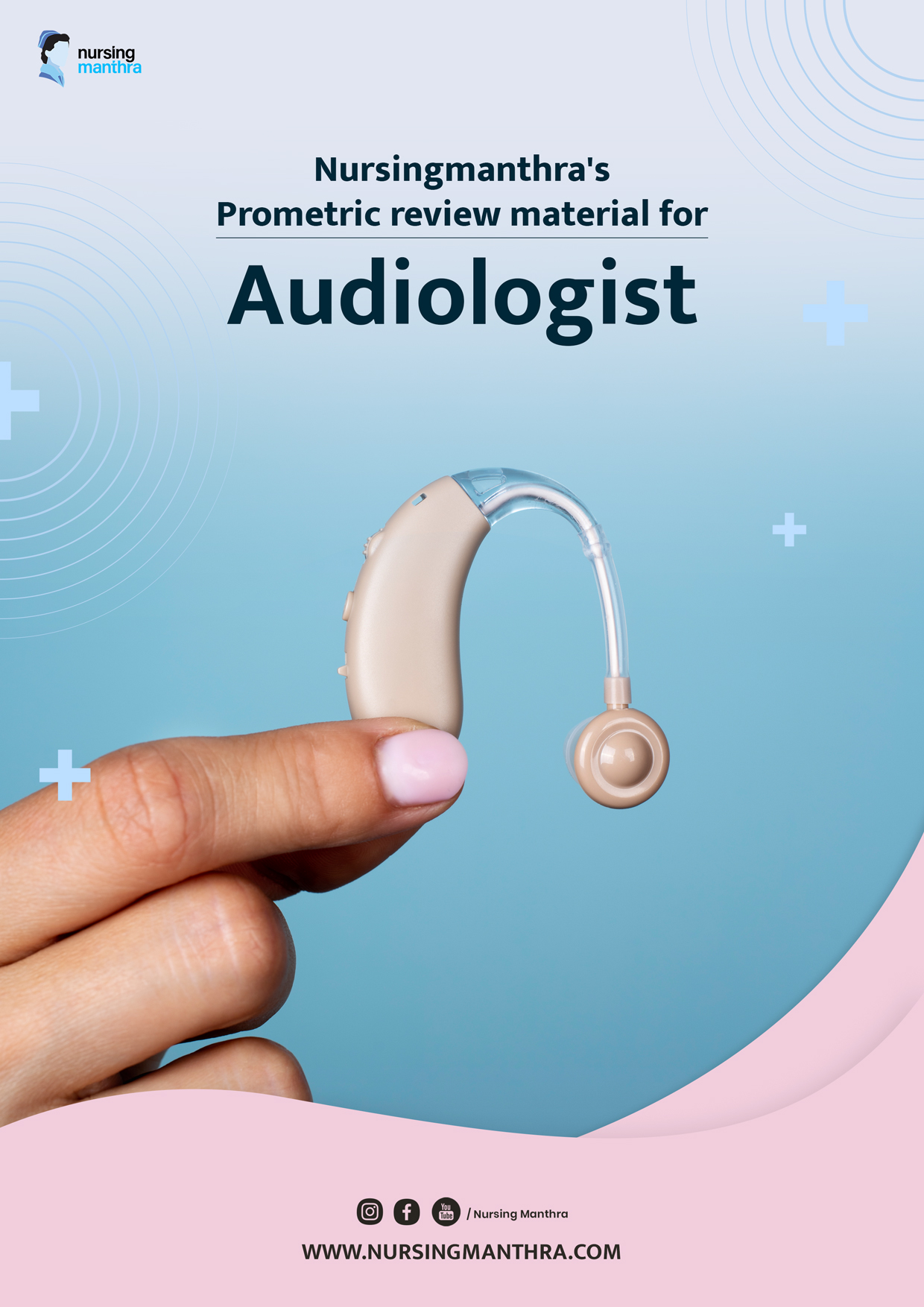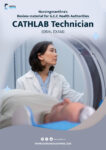1. Which of the following tests is used to detect middle ear fluid?
A. Otoacoustic emissions (OAE)
B. Tympanometry ✅
C. Pure tone audiometry
D. Auditory brainstem response (ABR)
Answer: B
Rationale: Tympanometry measures middle ear pressure and compliance, helping detect fluid or effusion.
2. A patient has a ‘V’-shaped audiogram with a dip at 4 kHz. What is the most likely cause?
A. Otitis media
B. Noise-induced hearing loss ✅
C. Meniere’s disease
D. Otosclerosis
Answer: B
Rationale: A 4 kHz dip is a hallmark sign of noise-induced sensorineural hearing loss.
3. Which frequency range is most important for understanding speech?
A. 125–250 Hz
B. 250–500 Hz
C. 500–2000 Hz ✅
D. 6000–8000 Hz
Answer: C
Rationale: Frequencies between 500–2000 Hz are critical for speech intelligibility.
4. Which test assesses outer hair cell function in the cochlea?
A. ABR
B. OAE ✅
C. Tympanometry
D. Rinne test
Answer: B
Rationale: Otoacoustic emissions test cochlear (outer hair cell) integrity.
5. A child with speech delay should first be evaluated for:
A. Behavioral issues
B. Vision problem
C. Hearing loss ✅
D. Neurological condition
Answer: C
Rationale: Hearing loss is a common and primary cause of speech delay.
6. In conductive hearing loss, which result is expected?
A. Elevated bone and air thresholds equally
B. Normal tympanometry
C. Air-bone gap on audiogram ✅
D. Absent OAEs
Answer: C
Rationale: Conductive hearing loss shows a significant air-bone gap on the audiogram.
7. Which cranial nerve is primarily tested during ABR testing?
A. CN V
B. CN VI
C. CN VII
D. CN VIII ✅
Answer: D
Rationale: ABR evaluates the auditory nerve (CN VIII) and auditory pathways.
8. A tympanogram shows a flat Type B curve. What is the likely cause?
A. Normal middle ear
B. Eustachian tube dysfunction
C. Middle ear fluid ✅
D. Ossicular discontinuity
Answer: C
Rationale: Type B (flat) tympanogram indicates middle ear effusion or fluid.
9. In newborn hearing screening, which test is commonly used?
A. PTA
B. Rinne
C. OAE ✅
D. Tone decay test
Answer: C
Rationale: OAEs are fast, non-invasive, and widely used in neonatal hearing screening.
10. What is the function of the stapedial reflex?
A. Improves speech clarity
B. Equalizes pressure
C. Protects inner ear from loud sounds ✅
D. Assists cochlear function
Answer: C
Rationale: The stapedial reflex reduces the transmission of loud sound to the cochlea.
If you would like access to more questions for the Audiologist Prometric Exam, you can purchase the complete study material using the link provided below. For any assistance or to request the material, please contact NursingManthra via WhatsApp.” +971502515717





















